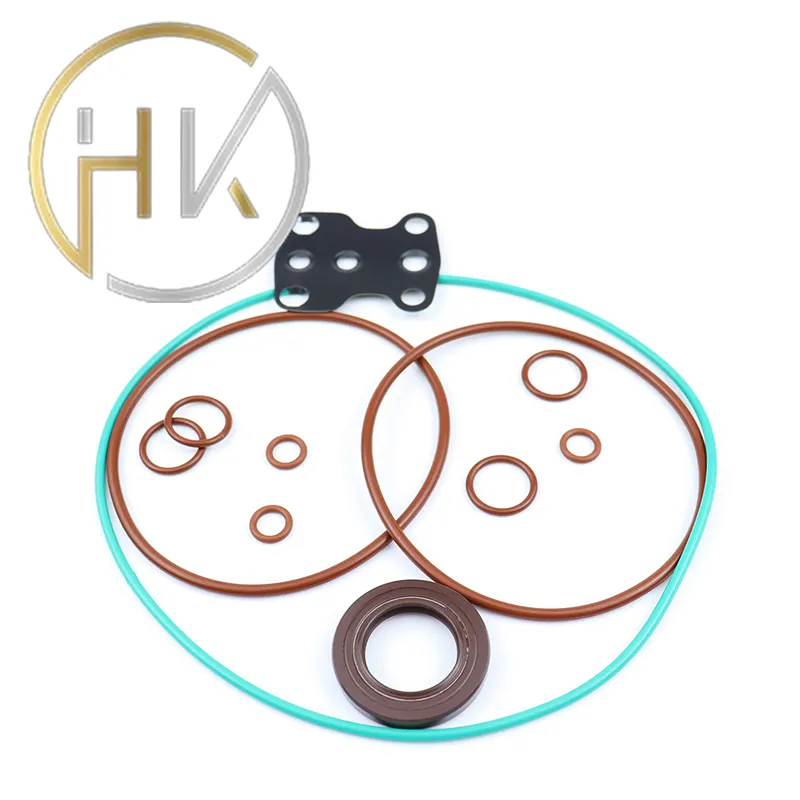Oct . 31, 2024 07:16 Back to list
rotary oil seals
Understanding Rotary Oil Seals An Overview
Rotary oil seals, also known as radial shaft seals, are critical components used in various mechanical applications, especially in machinery where rotating shafts are involved. Their primary function is to prevent the leakage of fluids, such as oils and lubricants, from a rotating component, while also keeping contaminants out.
Design and Composition
Rotary oil seals typically consist of a circular elastomeric material that fits snugly around the shaft. The design often features a lip or sealing edge that makes contact with the shaft, creating a barrier that minimizes leakage. The materials used for the seal can range from rubber compounds, like nitrile and silicone, to more advanced materials like fluorocarbon and polyurethane, depending on the operating conditions, such as temperature, pressure, and the type of fluid being sealed.
Applications
Rotary oil seals are widely used across various industries, including automotive, aerospace, manufacturing, and marine applications. In automotive settings, they play a crucial role in engines, gearboxes, and wheel hubs, ensuring that lubrication is maintained and that dirt and moisture do not intrude into these critical components. In industrial machinery, rotary oil seals help prolong the life of equipment by preventing premature wear caused by oil leaks and contamination.
rotary oil seals

Importance of Proper Installation
The efficiency of rotary oil seals greatly depends on proper installation. Misalignment, improper fitting, or excessive force can lead to seal damage or premature failure. It is essential to ensure that the shaft surface is smooth and clean before installation and that the seal is positioned correctly to avoid operational issues such as leaks or increased friction.
Maintenance and Replacement
Regular maintenance checks can help identify any wear or degradation in rotary oil seals. Signs of failure may include leaks or visible damage to the seal. Timely replacement is crucial, as a non-functioning seal can lead to significant fluid loss, increased operational costs, and potential equipment failure.
Conclusion
In summary, rotary oil seals are indispensable in ensuring the smooth operation and longevity of rotating machinery. Their ability to prevent leaks and protect components from contaminants makes them vital in numerous applications. Understanding their design, correct installation, and maintenance practices can significantly enhance equipment performance and durability, making rotary oil seals a key element in effective mechanical engineering and system design.
-
TCN Oil Seal Metal Ring Reinforcement for Heavy Machinery
NewsJul.25,2025
-
Rotary Lip Seal Spring-Loaded Design for High-Speed Applications
NewsJul.25,2025
-
Hydraulic Cylinder Seals Polyurethane Material for High-Impact Jobs
NewsJul.25,2025
-
High Pressure Oil Seal Polyurethane Coating Wear Resistance
NewsJul.25,2025
-
Dust Proof Seal Double Lip Design for Construction Equipment
NewsJul.25,2025
-
Hub Seal Polyurethane Wear Resistance in Agricultural Vehicles
NewsJul.25,2025
-
The Trans-formative Journey of Wheel Hub Oil Seals
NewsJun.06,2025
Products categories
















